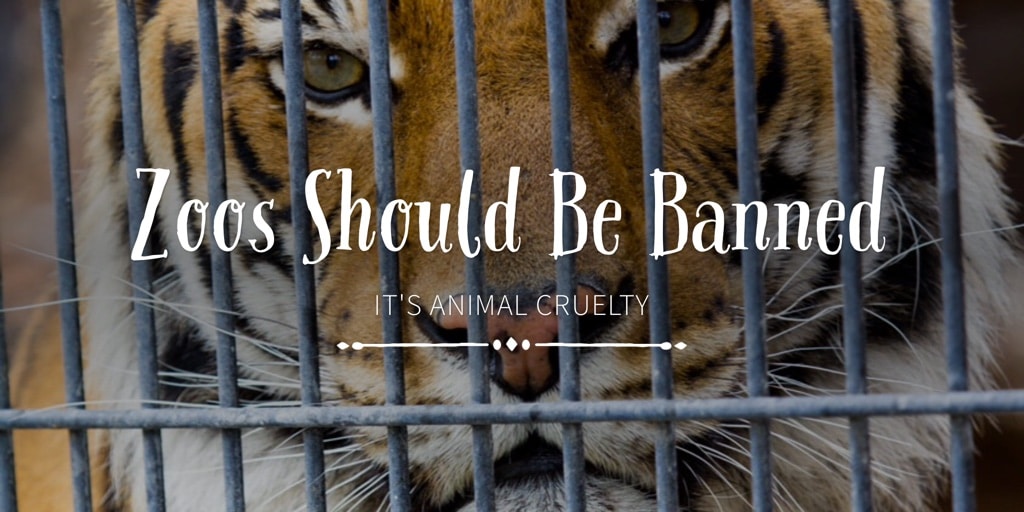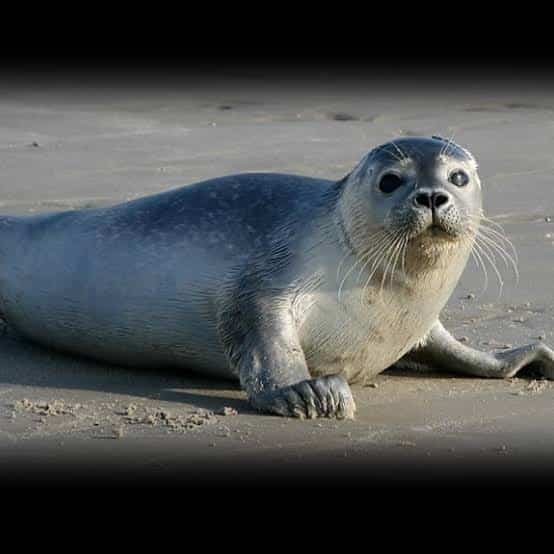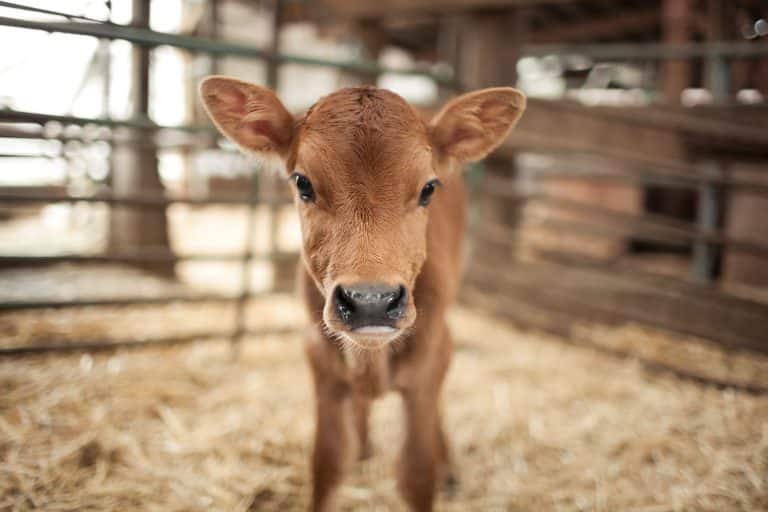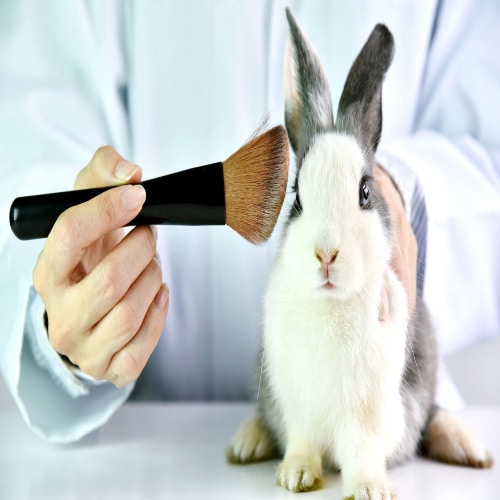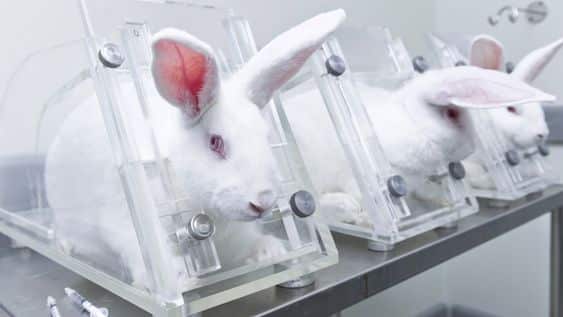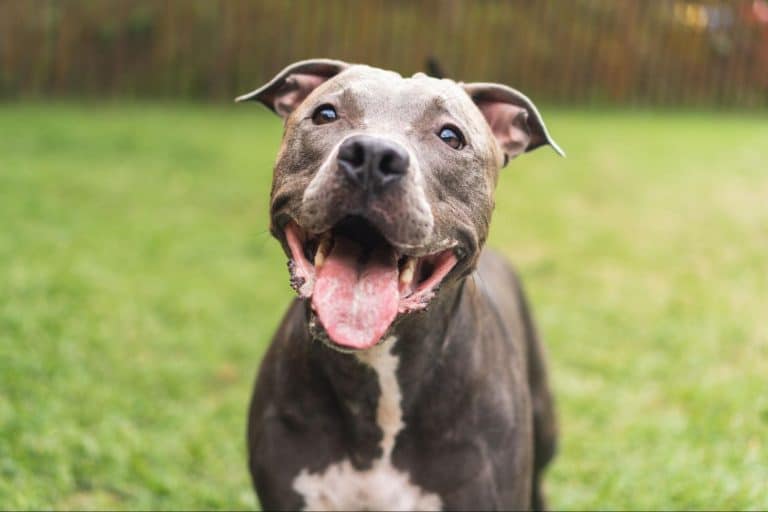Why Are Zoos Bad for Animals: A Comprehensive Guide
Zoos are considered a haven for animals, but do you know your favorite animals live unhappily inside these enclosures? While zoos may seem like exciting destinations for family outings, they are not good for the animals.
If you’re thinking why zoos are bad, then there can be many reasons. First, the zoo’s environment is boring and unnatural, leading to a lack of physical and mental stimulation for the animals. Even though tons of effort is put into recreating the natural environment in which the animals live, nothing can replicate the originality of fallen branches, lush green forests, and plant species. The main priority of zoos is making a profit and not the happiness and well-being of sensitive animals.
Therefore, many animals die prematurely due to disease or stress.
Why are Zoos Bad for Animals?
Let’s try to understand how zoos can negatively affect the health and well-being of the animals.
Reasons Why Zoos Can Be Bad for Animals
If you’re wondering why zoos are bad, look at these solid reasons:
- Zoos are businesses, and their sole intent is to make profits. They are not concerned about ensuring that the animals remain happy and safe. They provide animals with limited access to veterinary care, the smallest possible cages, and very little social companionship that animals need to be happy. All these reasons lead to stress, unhappiness, and undesirable animal behavior.
- To hide the sadness and pain of the animals who are held captive inside the zoos, antipsychotics, tranquilizers, and antidepressants are given to them. This reduces signs of depression and aggression in them but leads to long-term physical and mental ailments.
- Another reason why zoos are harmful is because wild animals require optimum space to roam around freely and survive. In captivity, they get very little space in their natural environment. Wild animals like running, being free, playing, and hunting. When they are in captivity, they don’t know what to do as it is a very big change for them. Captive animals die prematurely from various diseases that are never experienced in the wild.
- Even when the zoo is trying to ensure the health and well-being of animals, it’s very difficult to meet the needs of large elephants like elephants. In the wild, they wander in groups up to thirty miles a day, splash in the watering holes, and graze on the grass. Inside the zoo, they only get a few acres to roam around and a few animals to socialize.
- When wild animals are forced to live in artificial constructs, they display repetitive behaviors and become obsessive. Animals who live in zoos for years lose the knowledge and skills required to live in the wild. This way, zoos do more harm to the animals than benefit or protect them.
- It is said that zoos educate people about animals and their conservation efforts. But in reality, zoos give wrong information to the visitors that animal captivity is acceptable and normal. Zoos often try to maintain their reputation by telling visitors they play an important part in nature conservation and take stringent actions to repopulate endangered animals. But this is not true. There are only a few cases wherein critically endangered animals have been successfully bred in captivity and returned to their habitat.
- Because most visitors see young and lively animals, zoos often kill, sell, or trade animals once they get older and can’t draw enough crowds. Some animals even suffer from a serious condition called zoochosis because of being held in captivity for years. Zoochosis causes frustration, lack of natural habitat, boredom, and depression in the animals.
Negative Impact of Zoos on Animals
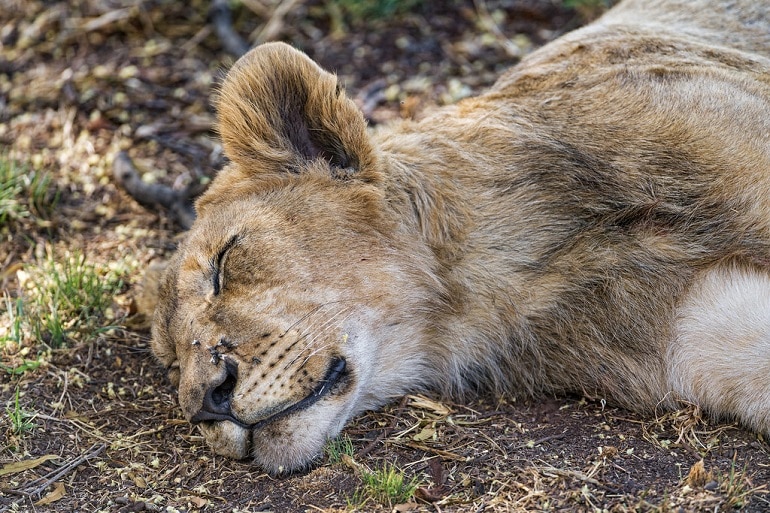
- One of the biggest reasons zoos are bad for animals is that these facilities capitalize on buying, selling, and breeding animals. They are not concerned about the overall health or well-being of the animals and confine them to live in limited spaces. These animals are forced to entertain the visitors and perform tricks even when unwell.
- Zoos are small exhibits that can’t replicate the natural environment in which the animals live. They don’t provide the social, mental, and physical stimulation the animals need to live a productive and full life.
- Wild animals often like to move in groups. Some animals group for mating, while others do it to form a natural bond. Zoos take away this instinct from the animals, causing distress and anxiety in the process.
- One of the biggest reasons zoos are bad for animals is that many animals can’t cope with the environment of these artificial facilities and suffer from zoochosis, wherein they start shaking, drooling, and acting out aggressively. In such cases, animals are prescribed strong medications for depression and anxiety, which further take a toll on their mental health.
- Many animals are even mistreated by their handlers inside the zoo. For example, when elephants get unruly, their handlers use a bullhook, a pole with a sharp tip, to control them. Many times, the animals get injured during this process and even suffer from serious deformities. Shouting and hitting are also common techniques handlers use to tame the animals. Since most of the animals are not used to such kind of behavior, they may start behaving strangely over time.
- Once an animal becomes old and can’t entertain the people who visit the zoo, they are either killed out of sympathy or sold. Some zoos claim that they employ vets and offer the best possible medical care to the old animals, but in reality, that takes resources and money most of these facilities can’t afford.
- When visitors visit the zoos, they disturb the animals and try to invade their privacy by using flash to click their pictures. This irritates the animals as the camera’s lights directly hit their eye. Some visitors even throw stones at the animals to irritate them. Wild animals have very strong instincts, and they start fearing humans after such unpleasant encounters.
Why are Zoos Bad for Animals Overall?
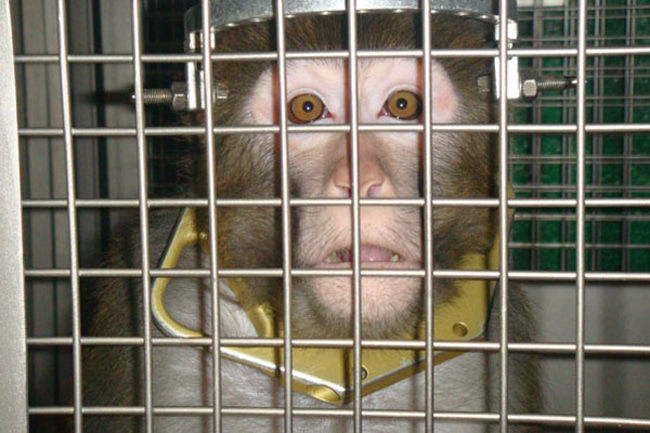
Do you want to know why zoos are bad for animals and what impact they can have on these creatures? Let’s take a look at why zoos are bad for animals overall.
- Wild animals face lots of difficulties in adapting to the confined and boring environment in the zoo. This leads to stress and anxiety in the animals, and their lifespan is reduced significantly. Many of these animals live half of their age than they would in the wild due to immense pressure on them to entertain the guests and lead isolated lives. For example, Orcas can live for a century in the wild, but when they are kept in captivity, the male’s average lifespan is less than 20 years.
- When wild animals stay in captivity for a longer duration, their behavior changes because they don’t need to hunt for their survival. Staying in the same enclosure daily can even disrupt the species’ natural migratory patterns, which can negatively impact their mental health. After remaining in captivity for a longer duration, the animals can’t be introduced into the wild safely as they lose their basic skills like hunting.
- When animals are kept in the zoo, they become dependent on the facility for their survival. They don’t have any survival instincts, so they may become unwell soon if they are not taken care of properly or their needs are not met on time.
- Nowadays, profit is the main motive of most of the zoos. So even when the zoos claim that they are doing an excellent job at conserving certain species, we must understand that most of the species in the zoo don’t face the risk of extinction, so they don’t need to be conserved. Many animals move from one zoo to another, and they again have to adapt to a new environment. They even lose their friends in this process, which can be detrimental to their mental health.
- Many wild animals travel more than 60 miles daily in their wild habitat. The real territory of these animals may be over three hundred miles in width. But when these animals are kept in a zoo, they might have 1,000 square feet of space to play and roam.
- Before some calves mature, they are taken away from their mothers and sent to a new zoo where their population is less, or more research needs to be done about them. This separation anxiety can take a toll on the mental health of both the mother and the calf. Many animals become sick when they do not see their newborn babies around them.
- Maintaining and running a zoo is a very costly affair as huge resources are needed to keep in check the health and well-being of the animals. However, many of the zoos are not able to take care of the animals as they don’t get enough funds to keep the zoo financially strong. Most zoos face difficulties surviving because of a lack of funds. This means the animals residing in these zoos are also at risk.
- When conditions are unfavorable inside the zoos, the animals develop severe health issues. Animals prefer temperate zones which replicate their natural habitat to survive inside the zoo. Polar bears can’t live in tropical locations, even when ice is given to them as a coping mechanism for the change in the climate.
Why You Should Not Visit Zoos
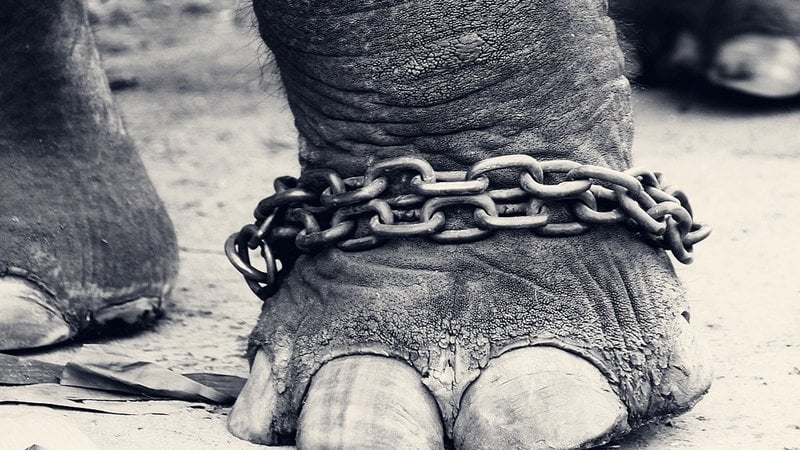
Let’s look at a few reasons why you should stop visiting zoos if you care about the well-being of the animals.
- Captivity can be one of the greatest punishments for anyone. When humans break laws, they are sent to jail, but zoo animals have to live in captivity for their entire lives despite being ignorant.
- Enclosures in zoos are hundreds of times smaller than the range for animals in their real environment. Every decision in the zoo, including when to sleep, what to eat, and whom to choose as a companion, is taken by humans. The wild animals can’t roam vast distances, fight with other animals, or do many of the other things important to them. Often, these animals get separated from their families. Many of the young animals are transferred to other zoos even before they become mature.
- Animals in captivity have to deal with a lack of stimulation and immense stress, which often leads to self-destructive and abnormal behavior. Many animals start rocking, trembling, swaying, or walking in tight circles as they develop zoochosis. This behavior is unheard of when these animals are allowed to live in their natural habitat. Zookeepers even give the wild animals tranquilizers, antidepressants, or antipsychotic drugs to deal with the behavioral issues in the animals. This can even degrade their mental and physical health even more.
- Bristol University conducted research wherein it was proved that most of the zoos are unable to meet even the basic animal welfare standards. In 2017, South Lakes Safari Zoo in Cumbria came into the limelight when nearly five hundred animals died there due to hypothermia, malnourishment, and lack of veterinary care in under three years.
Wildlife Sanctuaries – A Better Alternatives to Zoos
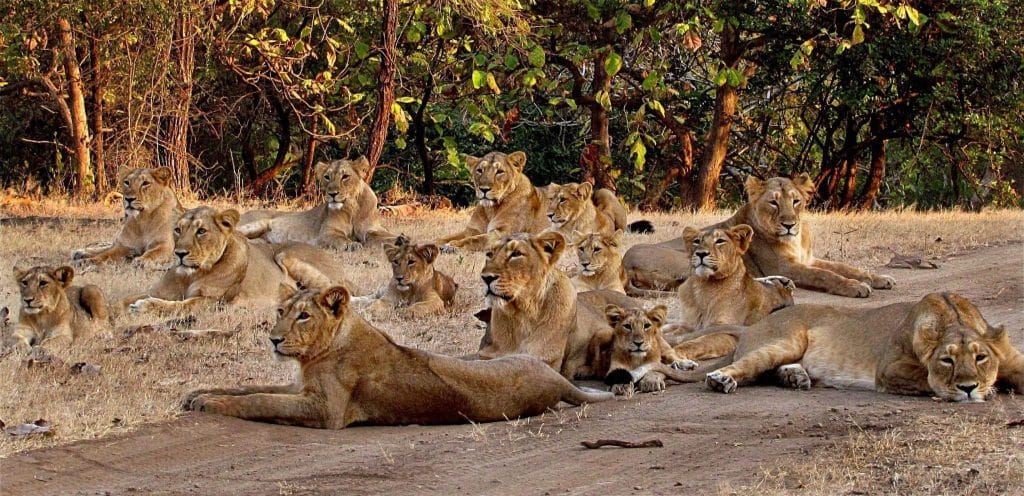
Wildlife sanctuaries can be a better alternative to zoos because they provide lifetime care for unwanted, rescued, discarded, or abused animals. These facilities are enormous, providing huge open habitats to all its rescued animals. Visitors can observe the wild animals from a distance by standing on the elevated walkways that run through the facility. Wildlife sanctuaries do not breed, trade, sell or buy animals. They do not capture animals from their natural habitats but acquire only animals who can’t survive in the wild, including confiscated illegal exotic pets, injured wildlife, and animals from laboratories, circuses, and zoos that close down.
Many wildlife sanctuaries intentionally keep some animals out of sight and don’t allow them to interact with the visitors. This is done to help the animals recover from their illness or injury and release them back into their natural habitats. The animals that can’t be released back into the wild, such as those raised in captivity or those whose teeth and claws have been removed or are impaired, are allowed to interact with the public.
Conclusion
All in all, people love watching animals and interacting with them inside the zoos. But do you know that zoos can be horrible for the animals? Zoos claim to protect endangered animals without the threat of poachers. But, keeping these animals in captivity negatively affects their well-being and health. Being kept in a confined, small space when these animals should be roaming freely in the wild damages them mentally and physically.
So, these enclosures can be psychologically damaging to the animals. If you’re an animal lover, you should boycott those kinds of entertainment as it is not ethical to keep wild animals in captivity. You can opt for ethical alternatives to zoos, like animal sanctuaries that provide lifetime care for unwanted, rescued, discarded, or abused animals.
Frequently Asked Questions
What is Done to The Animals Who Are No Longer Able to Entertain the Visitors?
The animals that do not serve as a worthwhile attraction inside the zoo are fed to other animals or killed. They are sold to game reserves or auctioned off to the meat industries.
Are Zoos Immoral?
Zoos can be harmful to the well-being and health of wild animals. These public institutions are largely about family entertainment and making a profit. In many zoos, animals are not cared for well, and they even lose their instincts after being in captivity for years.
What is the Difference Between a Wildlife Sanctuary and a Zoo?
The main difference between wildlife sanctuaries and zoos is how they acquire the animals. A zoo might trade, breed, sell, or buy animals or even capture them from their natural habitats. A wildlife sanctuary doesn’t trade, buy, sell, or breed animals. It doesn’t capture animals from their natural habitats but only acquires animals who can’t survive in the wild.
Why the Zoo is Bad for Animals?
Zoos are bad for animals because they have to stay in captivity for a lifetime, leading to lots of mental and health issues. Wild animals need enough space to survive and thrive. But inside the zoos, they get limited space and lose their instincts over time. Many of the animals die at a young age due to stress and diseases.
Do Zoos Mistreat Animals?
Yes, zoos cause lots of suffering to the animals as they have profit in their mind and not the interest of the animals. From giving antidepressants to animals to selling them to outside sources when they no longer remain useful, lots of unethical activities are performed at zoos.

